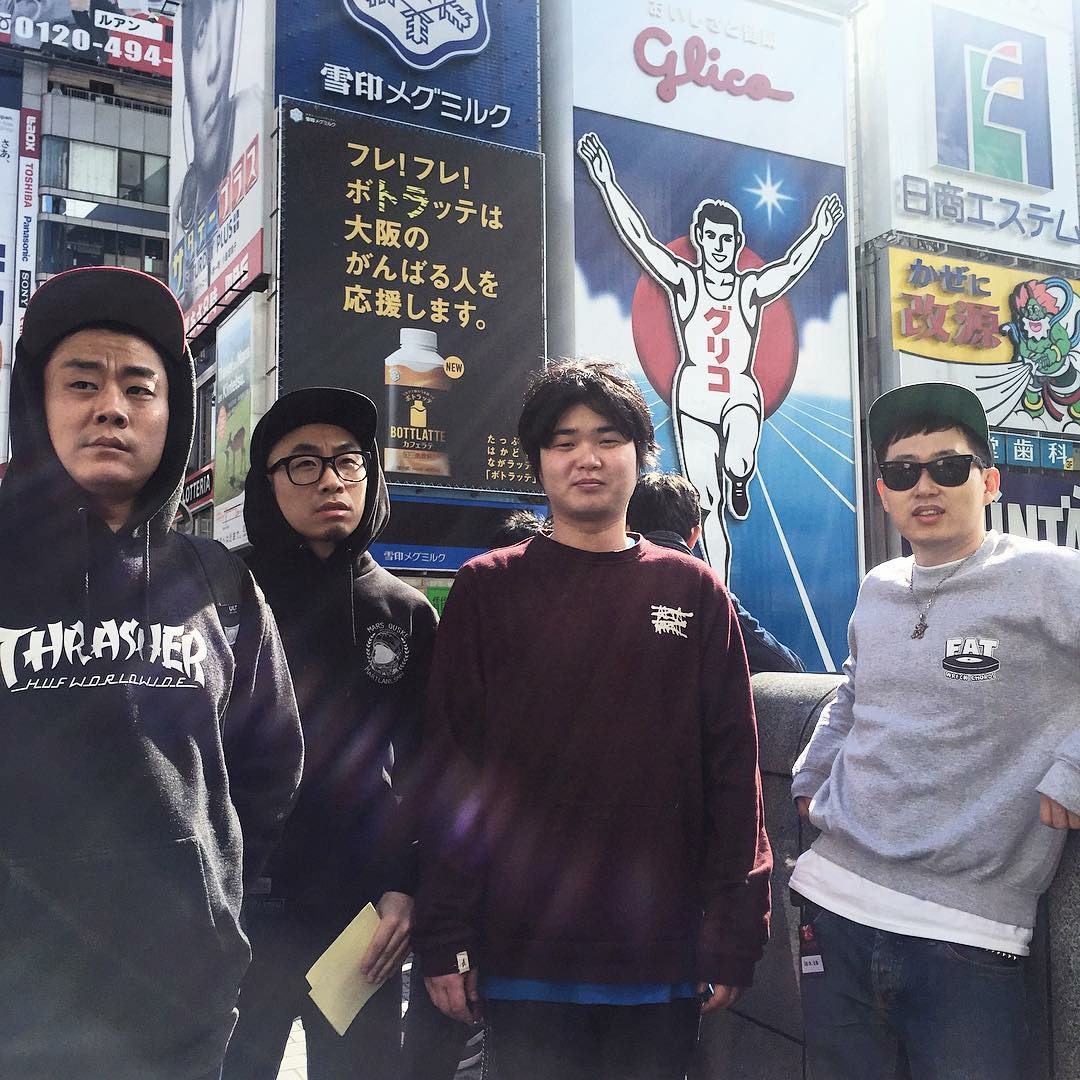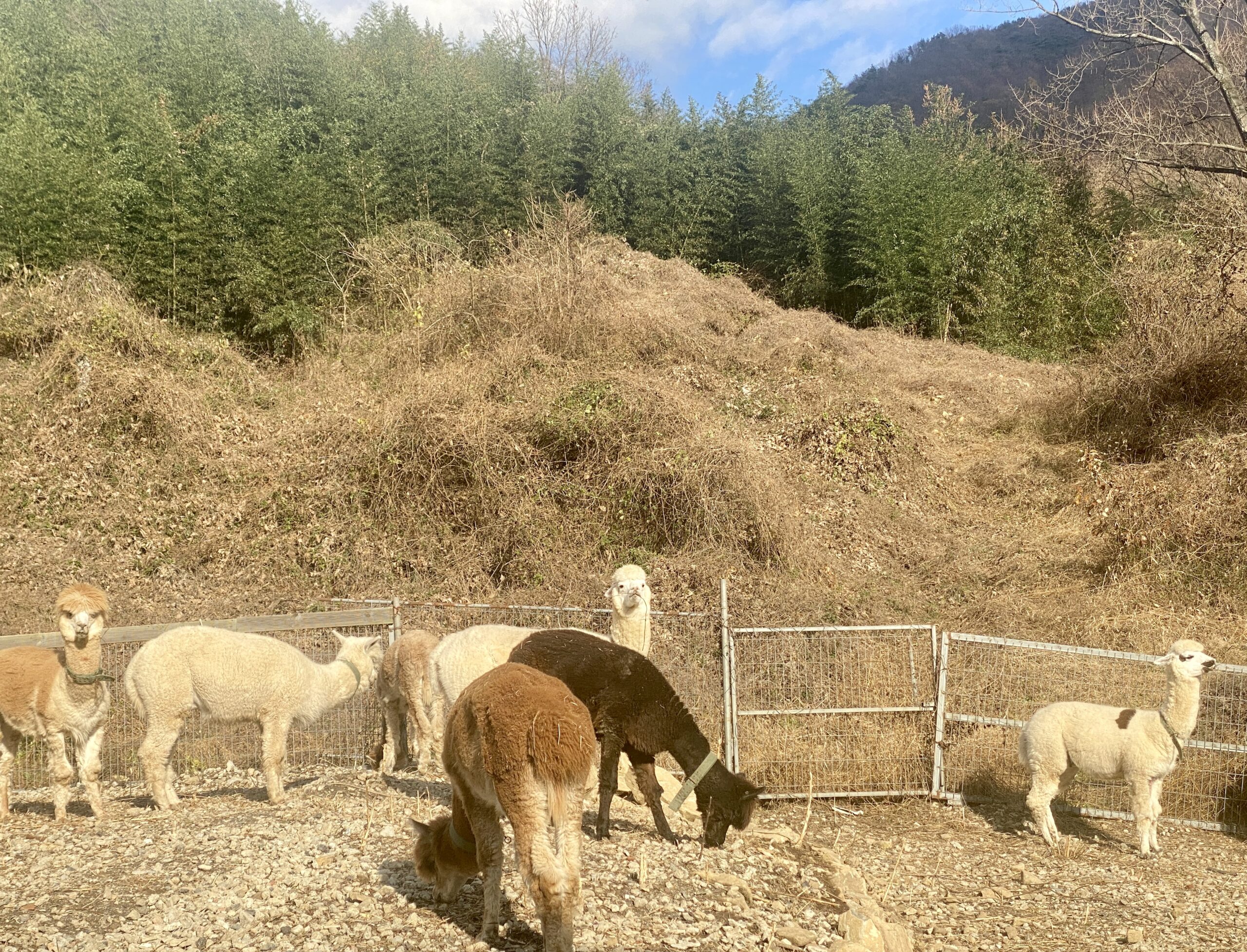Breathing Life Into an Old Tradition: The Korean Flute
Photos by Lorryn Smit
South Jeolla is home to many cultural landmarks and traditions. One tradition, more humble than a festival or a temple and considerably rarer, is being preserved by Kwang Chun-Soo.
Kwang works quietly away in his workshop making three traditional Korean flutes: the danso, the sogeum and the daegeum. When I met him at his home, Kwang demonstrated the unique features of all three flutes, describing as he did the intricate process and the balance of strength, delicacy and patience required to make each of them.
The danso is small like the sogeum, but is played straight down like a Western recorder rather than to the side like the daegeum and its smaller brother. The daegeum has a unique feature named a chung: a reed concealed under a decorative metal cover. It vibrates when the sound reaches a high pitch. Each instrument is made from hand-selected bamboo. Kwang prefers uniquely shaped plants he calls “mutated bamboo.”
“It’s hard to find this bamboo because it’s rare,” said Kwang. “When we want to start making a daegeum we have to dry the bamboo for at least one year. And the time to make [the flute] after drying is about 30 days.”
In his workshop, paid for in part by the City of Gwangju to promote traditional crafts, Kwang demonstrated some of the elements of the crafting process. First, in order to straighten the mutant bamboo, he locks it into a bending template and applies heat and leverage directly to the twists and turns of the bamboo. Once it is straight he uses a hand-turned drill to bore a hole through the middle. Finally, finger holes are drilled and decorative etching or weaving is added.
Although Kwang describes it as “one of the easiest [Korean traditional instruments] to approach,” he doesn’t believe that many young Koreans are interested in playing the danso.
 “Even though the mass culture and media focus on western culture is not a barrier to develop traditional culture and music because today we have fusion music with Korean and western music,” explained Kwang. “It’s not a subculture. It’s Korea’s own traditional culture … if someone gets interested in traditional food and traditional music they’re going to love it.”
“Even though the mass culture and media focus on western culture is not a barrier to develop traditional culture and music because today we have fusion music with Korean and western music,” explained Kwang. “It’s not a subculture. It’s Korea’s own traditional culture … if someone gets interested in traditional food and traditional music they’re going to love it.”
Aside from his dedication to the preservation of Korean musical traditions, Kwang has embraced other aspects of traditional Korean life. He lives in a hanok with his wife that includes a training room for the Korean martial art taekkyeon, which they both practice and teach, as well as a climbing wall. Kwang views taekkyeon and climbing as extensions of the spiritual development he experiences through music.
“Taekkyeon is not that aggressive,” said Kwang. “It has active elements and it also needs passive meditation. Taekkyeon has both sides. And also climbing is not that active. It needs more concentration when you climb. In these three – playing an instrument, taekkyeon and climbing – there is some spiritual concentration.”
“There is not one way to get life lessons. I mean that each person has their preference and if they concentrate on it [and] fully love it they’re going to get some lesson. It is not only danso, daegeum or playing an instrument that can give life lessons …all the things that every person can fully focus on they’ll get fully satisfied.”




